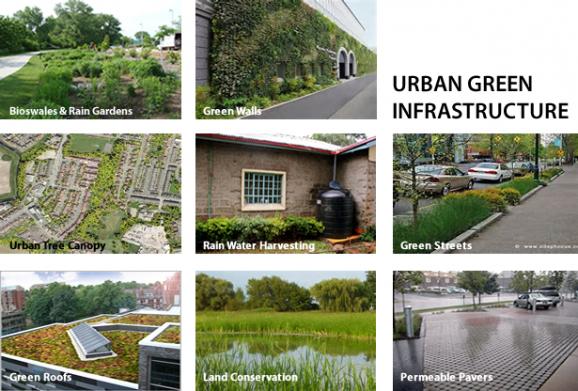-
City Services
-
- Departments Administration Building City Recorder Community Development Community Emergency Response Team Finance Floodplain Management Human Resources Parks & Recreation Public Works Police Urban Renewal Utility Billing
- Commissions and Committees Arts Commission Budget Committee Citizen Advisory Committee Parks Foundation Parks and Recreation Commission Planning Commission
-
Agendas and Minutes
City Council
-
-
Community
-
- Schools Crater High Scenic Middle Central Point Elementary Mae Richardson Elementary Jewett Elementary School District 6 Map Rogue Community College Southern Oregon University
- Special Events Calendar of Events Park Special Events Recreation City Activity Guide City Parks British Soccer Camp Jackson County Expo Bear Creek Greenway Bike Path Rogue River Greenway Bike Path Hiking Paths Made in Southern Oregon
- New to Central Point Chamber of Commerce Central Point Library Justice Court Utility Services Senior Center Post Office Airport Get Involved Commissions & Committees Volunteer Parks Foundation Elections
-
-
Resources
-
- Online Resources Pay Your Water Bill Pay a Ticket Online Job Opportunities Municipal Code Documents and Reports Forms and Applications City Documents Library Portal Water Usage Portal COVID-19 Updates Alerts and Notifications Email Subscriptions Maps
- Events and Meetings Agendas and Minutes Ordinances Resolutions Calendar Local Services Jackson County City of Medford Justice Court Recycling
- Connect Submit a Request or Concern Staff Directory Facebook Twitter In the News City News City Newsletters
-
-
Business
-
- Start a Business Business Licenses Chamber of Commerce Building/Construction Building Permits Inspection Requests Design Criteria Building Forms Bids and RFPs Forms and Permits
- Community Development City Projects Zoning & Land Development Code Long Range Planning Maps
- Urban Renewal Urban Renewal Home
-
-
Public Safety
-
- Communications Mission & Core Values Organizational Chart What We Do Patrol School Resource Officers (SRO) Community Service Officers Police Support Specialists Police Volunteers
- Get Involved Join the Team Becoming a Volunteer Neighborhood Watch Community Emergency Response Team Requests Police Reports and Records Check
- Resources Municipal Code Traffic Safety Police Events/Calendar Court Information Vehicle Impound Release Frequently Asked Questions
-

Low Impact Development (LID)
To mitigate the negative impacts associated with the pipe and drain approach to stormwater management, communities, engineers and designers are getting back to basics and incorporating nature's technology into development plans. Instead of moving water off-site and into our local waterways untreated, professionals are building facilities that capture rainwater and stormwater runoff and allow it to infiltrate back into the ground. Not only does this Low Impact Development (LID) approach reduce stormwater flows that impact our local waterways, LID provides a variety of other benefits to the environment, developers and communities. This approach can reduce the cost of a project, provide vegetated landscapes that are both appealing to look at and effective at treating and reducing stormwater flows; mitigate impacts to fish and wildlife; replenish groundwater supplies; and improve community livability. There are many different LID practices available, including but not limited to:
| ♦ Pervious Pavement | ♦ Infiltration Planters | ♦ Porous Pavers |
| ♦ Rain Gardens | ♦ Tree Wells | ♦ Bioswales |
Central Point and other Rogue Valley communities are looking for ways to retrofit existing developments and design new projects that incorporate these multi-beneficial facilities. The City of Central Point encourages the use of Low Impact Development to mitigate the negative impacts associated with stormwater runoff generated by development that increases impervious surfaces in the community, such as roads, roofs, sidewalks and parking lots. More information will be made available in the near future to assist developers in creating site designs that mitigate stormwater impacts and provide a community amenity.
As a private property owner, you too can incorporate some of these features into your landscape to create a back or front yard habitat, reduce drainage problems, and create beauty for you and your neighbors to enjoy. To learn how, check out the Oregon Rain Garden Guide, located below, published by Oregon Sea Grant in partnership with Oregon State University and many others.
